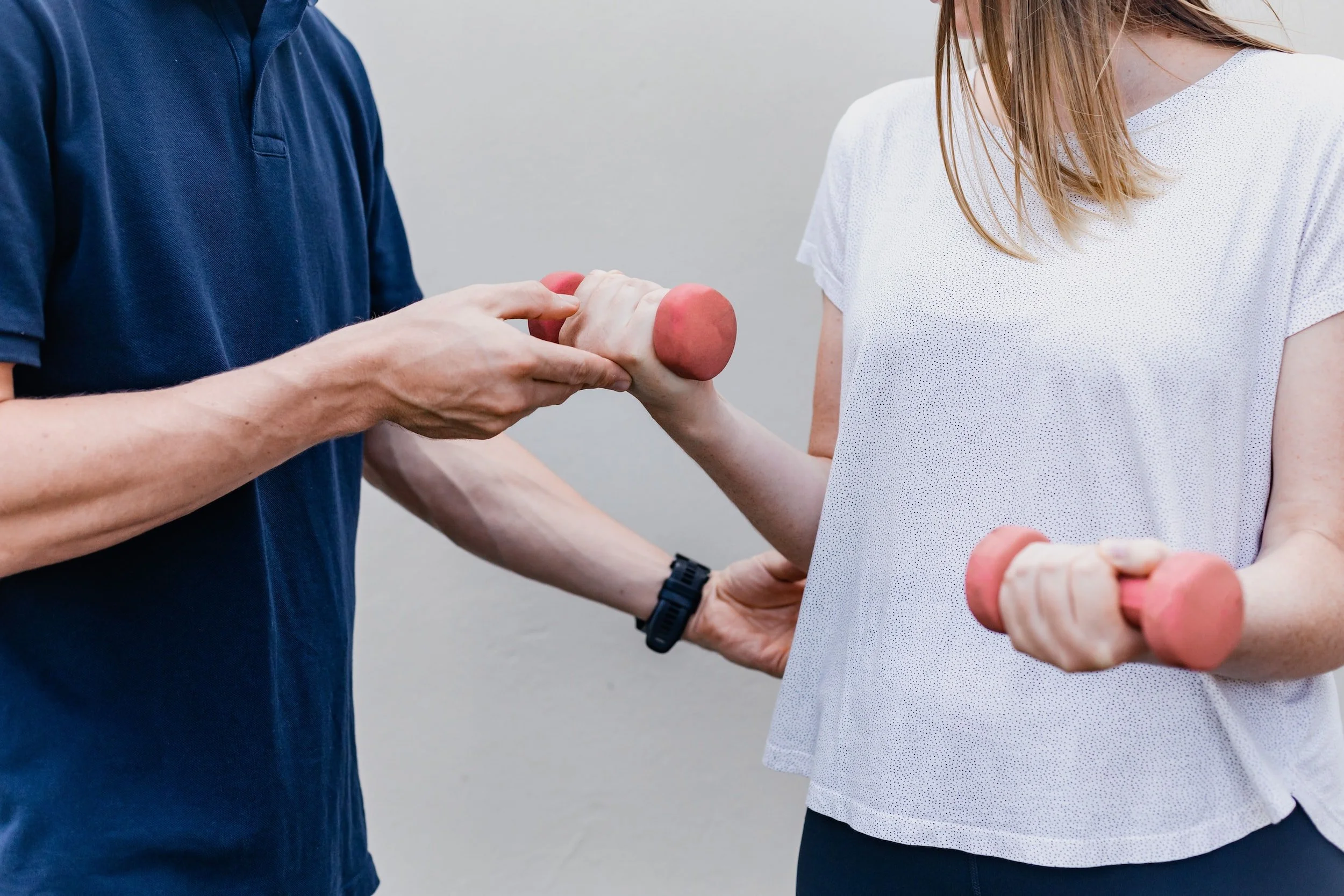
Physiotherapy For Shoulder Pain
Shoulder Pain Is Treatable
It is estimated that between 15-30% of Canadians are experiencing Shoulder Pain at any one time. With the shoulder being a highly functional joint, and the relatively high prevalence of shoulder pain, it is a common cause of disability Canada-wide. Shoulder pain can arise from a wide variety of causes, from trauma and sporting injury to over-use to more medical or systemic conditions.
Your physiotherapist will perform a thorough examination of your shoulder and the surrounding joints in order to fully understand how your shoulder pain is affecting you and your life. With this information they will be able to create a personalised program to treat your shoulder pain. Typically, this might involve modalities likes IMS dry needling or Shock wave therapy or Laser therapy or Graston technique or IFC or manual therapy techniques designed to decrease your pain levels and return your shoulder to full mobility and function. Your treatment plan will also include exercises to help you to return to full function and prevent any future recurrences.
Types Of Shoulder Pain We Treat
-
Frozen Shoulder is a prevalent cause of Shoulder Pain and stiffness. Patients normally experience a gradual onset of stiffness, to the point where they have considerably restricted range of movement.
Frozen shoulder typically happens in different stages, and the symptoms will change throughout each stage. Frozen shoulder is most prevalent in people aged 40-60, and is most more common in women than men.
-
The Rotator-Cuff is a group of four muscles that attach from your scapula (shoulder blade) to your upper arm (humerus).
Their main role is to keep the ‘Ball’ of the humerus, in the middle of the ‘socket’ on the scapula. These muscles will also help to move the shoulder joint. When these muscles get irritated, strain or torn they can be a source of pain and dysfunction at the shoulder joint.
-
The labrum is a ring-shaped piece of cartilage that fits around the border of the glenoid cavity (socket joint).
Its purpose is to add depth and to create a ‘negative pressure seal’ in the shoulder to help increase its stability. As the shoulder is designed to provide a huge amount of movement, the labrum becomes one of the few stabilizing structures it has. When the labrum gets injured or torn, it can cause pain or instability at the shoulder.
-
The shoulder joint is designed for mobility, at the sacrifice of stability. This means that in certain situations, there is a higher risk of a joint dislocation, or partial dislocations, in the shoulder.
This is when the humerus (upper arm) and the glenoid (socket joint on the scapula) become separated and stretch or tear the ligaments holding them together. This will most often occur due to trauma or in sporting injuries, however it is possible for people to develop atraumatic instabilities, or even to be born with more laxity in their joints.
-
The ‘Sub-acromial space’ is the area located between the top of the gleno-humeral joint and the Acromio-Clavicular joint above it.
In this space the superior rotator-cuff tendons and the sub-acromial bursa sit. For various reasons, these structures can become impinged. This can either be because of bony abnormalities to the acromion process, thickening of the tendons and bursae, or because of biomechanical changes to the sub-acromial space.
-
A bursa is a small, fluid filled sac that’s main purpose is to take up space and reduce friction between different structures in the body.
There are many different bursae in the body, however there are 5 main bursae in the shoulder. When these bursae become inflamed, they produce painful chemicals and occupy more space in the shoulder.
-
The shoulder joint is made up of the humerus (upper arm), scapula (shoulder blade) and the clavicle (the collar bone). Shoulder fractures occur when there is a break or fracture at any part of these bones.
The type of fracture often depends on your stage of life and the type of activities you do. The severity of the fracture will determine its management, and any specific treatment it might require.

